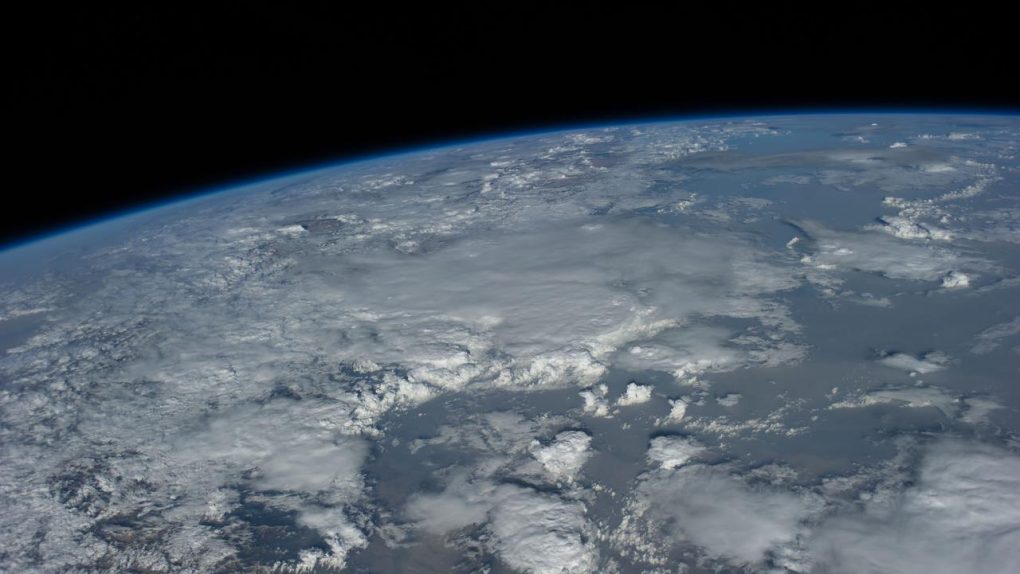Humans are affecting Earth’s climate, and there’s a wealth of scientific evidence to support that fact. We’ve already begun to see some seriously troubling trends that may be associated with our altering of the climate, including mass die-offs of ocean coral, widespread drought, and increasingly powerful and unpredictable storm systems.
With all that in mind, scientists from Colorado State University are doing what they can to preserve a record of Earth before things too out of hand. It’s called The Earth Archive, and there’s a good reason why it should be a high priority.
Researchers across all scientific fields have provided mankind with insights into the history of our planet, as well as the animals, plants, and civilizations that call it home. We’ve come a long way, but there’s still so much we don’t know about our planet’s history, and various climate-related factors put us at ever-greater risk of losing those discoveries forever.
Capturing a snapshot of present-day Earth in a high-resolution 3D model may be the best way of safeguarding future scientific efforts against the changing climate. To that end, The Earth Archive wants to use lidar to scan Earth’s surface and generate maps that can be used for scientific pursuits in the future.
Recently, lidar-equipped planes uncovered massive Maya farms in Central America. The 3D maps revealed where irrigation canals were dug into the landscape thousands of years prior, and provided archaeologists with new insights into the ancient agriculture efforts of the Maya. It’s this same kind of technology that The Earth Archive wants to use to map the world.
Of course, in order for this project to work, countries around the world have to be on board with it. That means getting clearance from governments to create the 3D maps using low-flying, lidar-equipped planes. That may be easier said than done.
The group plans to focus on regions under the greatest threat from climate change first, including regions where rising sea levels could wipe out huge land areas, as well as areas of the Amazon under threat of human encroachment.








